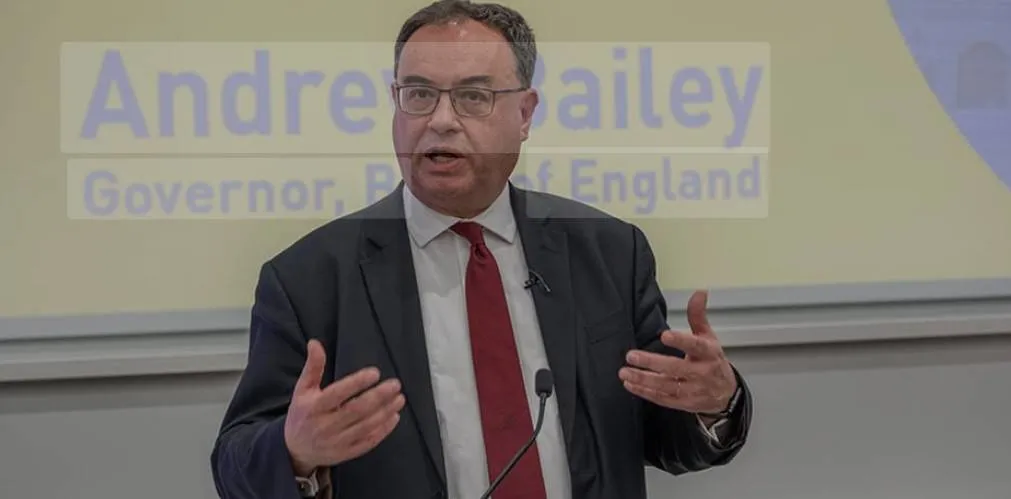Bank of England chief warns: worrying echoes of the 2008 crisis
Istanbul, November 5 (Hibya) – Bank of England Governor Andrew Bailey said that recent events in U.S. private credit markets carry worrying echoes of the subprime mortgage crisis that triggered the 2008 global financial collapse.
Appearing before a House of Lords committee, Bailey stressed the need to “keep the drains open” and to analyze the collapses of two highly leveraged U.S. firms, First Brands and Tricolor, in case they are not isolated incidents but a “canary in the coal mine,” adding:
“Are they telling us something more fundamental about private finance, private assets, private credit and private equity, or simply that there will be idiosyncratic problems going wrong in parts of those areas? In my view, that remains a very open question — in the U.S. as well. I don’t want to sound overly pessimistic, but another reason this matters is that, before the financial crisis, when we debated U.S. subprime mortgages, people told us, ‘No, it’s too small to be systemic; it’s idiosyncratic.’ That was a wrong judgment.”
In the U.S., from the summer of 2007, when the mortgage frenzy ended with a housing-market collapse, a wave of financial crisis began.
Banks on both sides of the Atlantic had invested billions in high-risk exposures to U.S. mortgages, often financing the boom with short-term borrowing.
Months of turmoil culminated in a deep recession in the U.S. and Europe and a series of costly bank rescues, including RBS and Lloyds in the UK.
Bailey said the complexity of some financial-engineering techniques now used in private credit is reminiscent of that era: “We are seeing the re-emergence of credit structures once known as ‘slicing, dicing and tranching’, and for those who were in the business before and during the crisis, alarm bells start ringing at this point.”
Europe Asia News
















